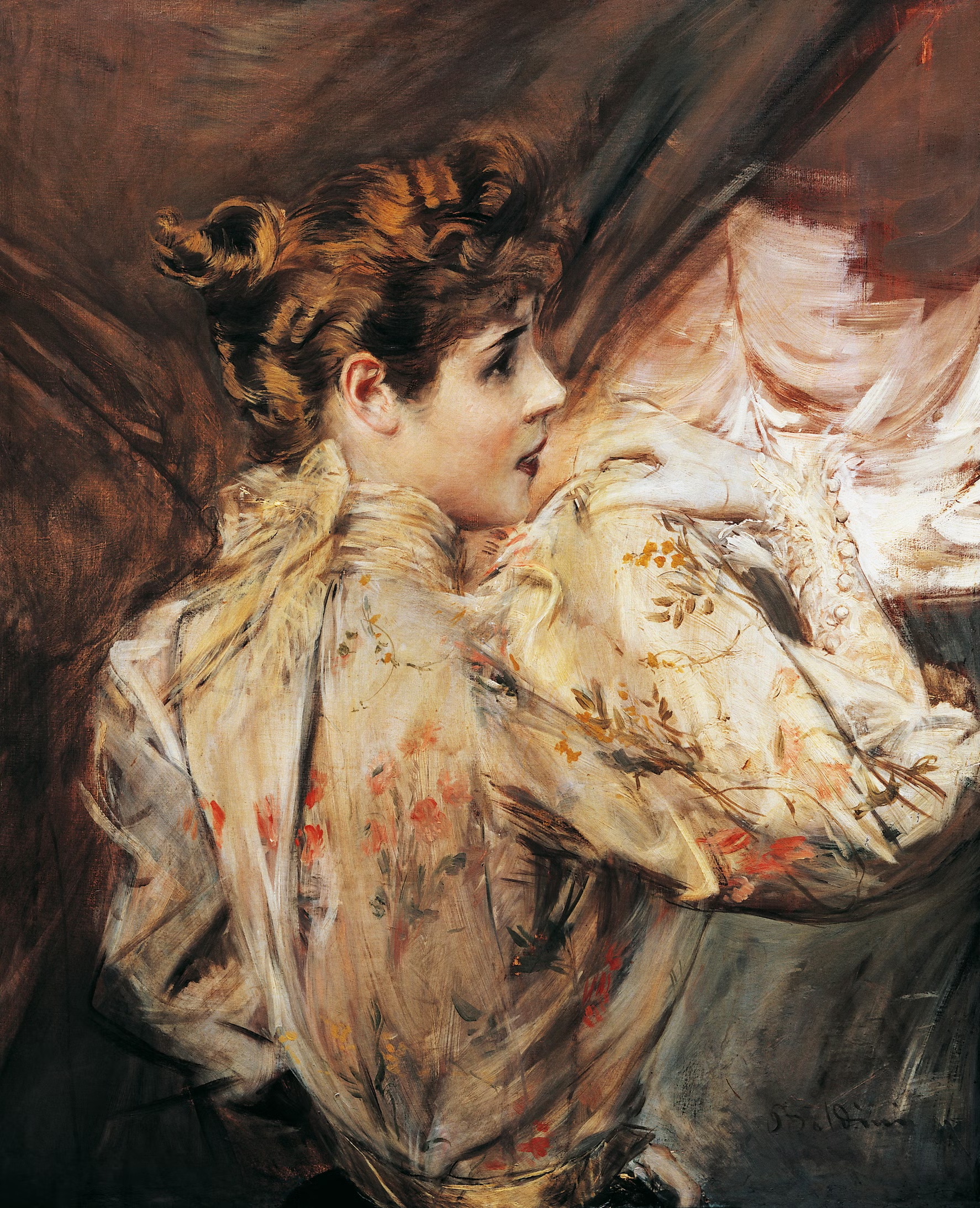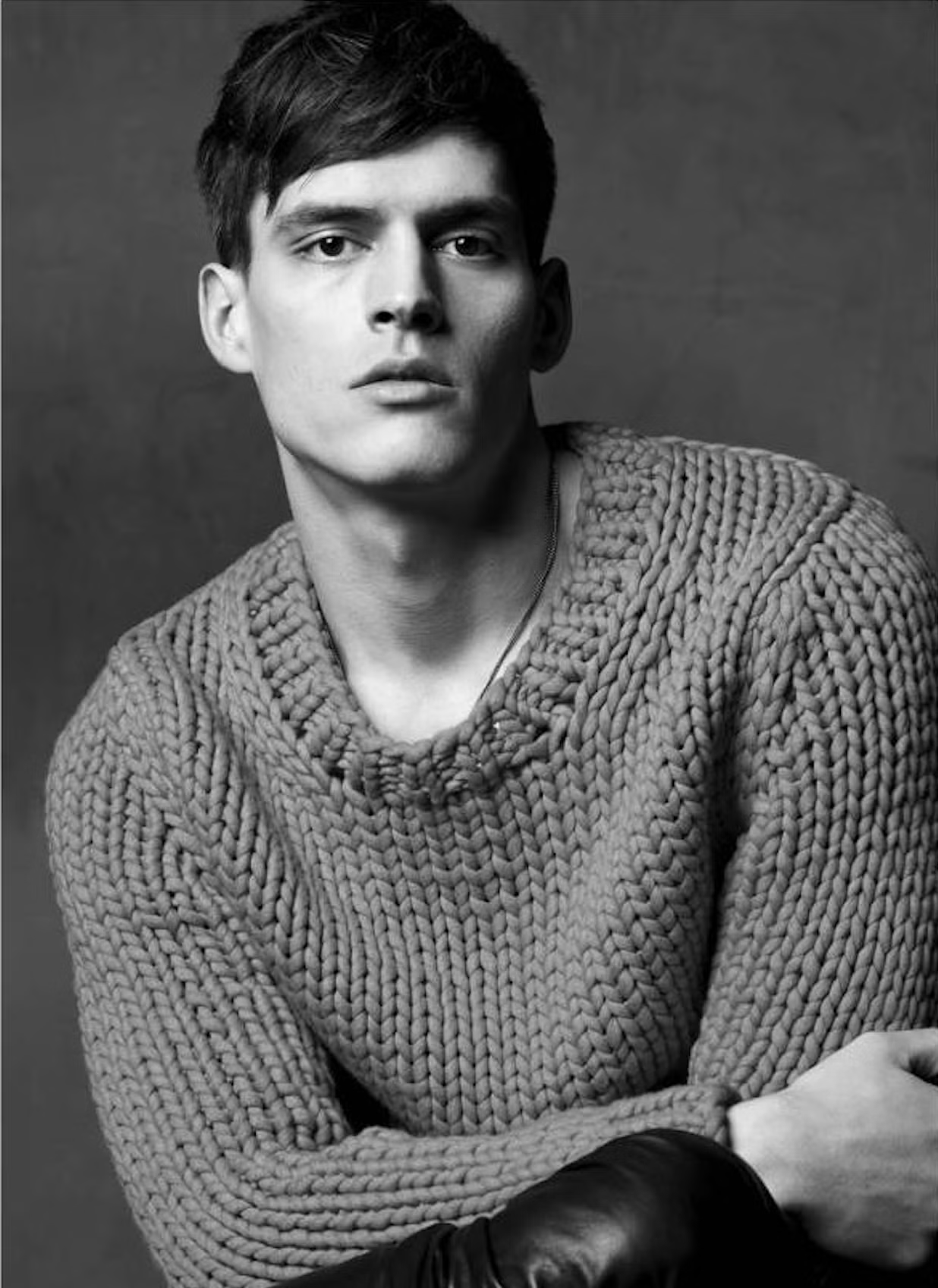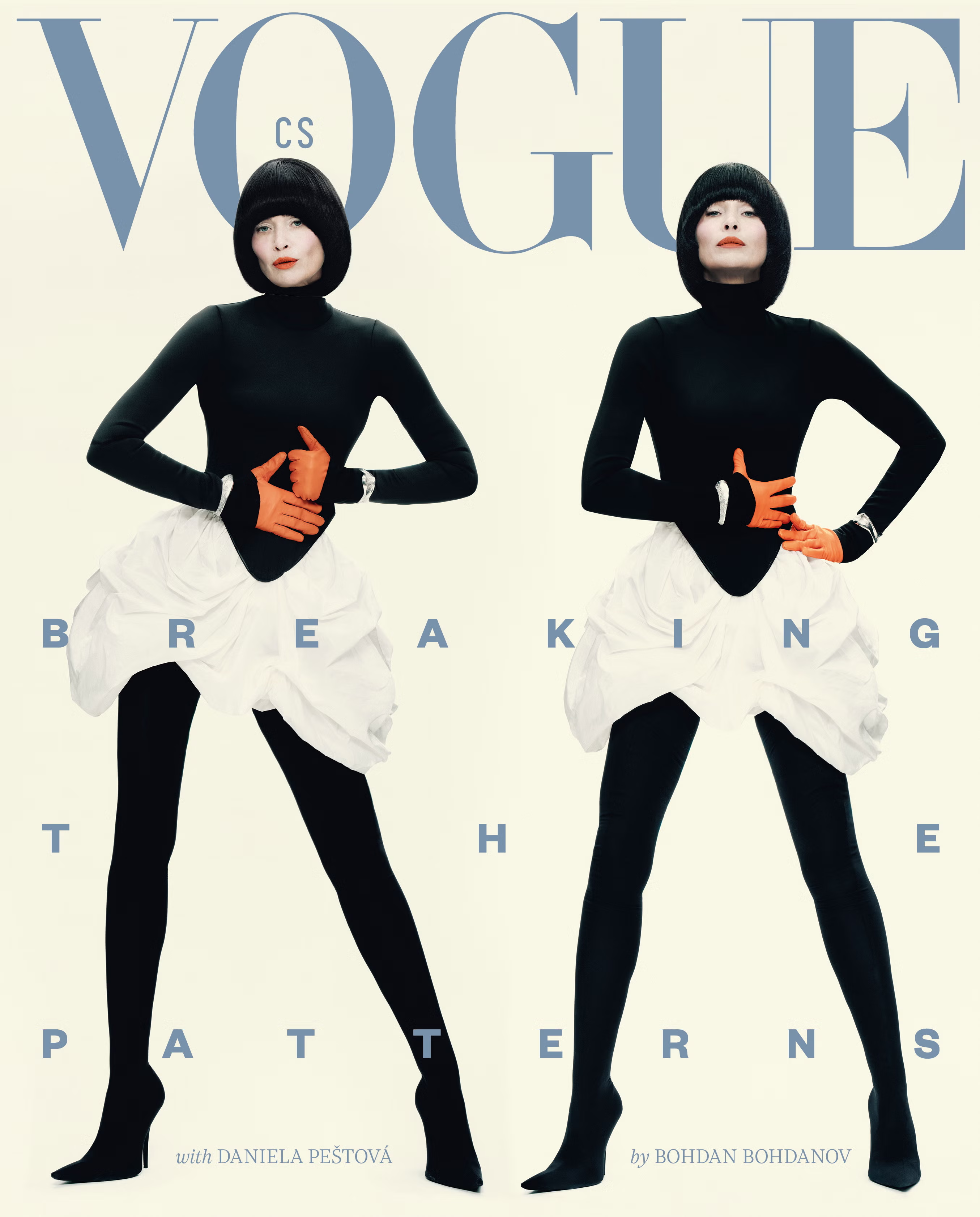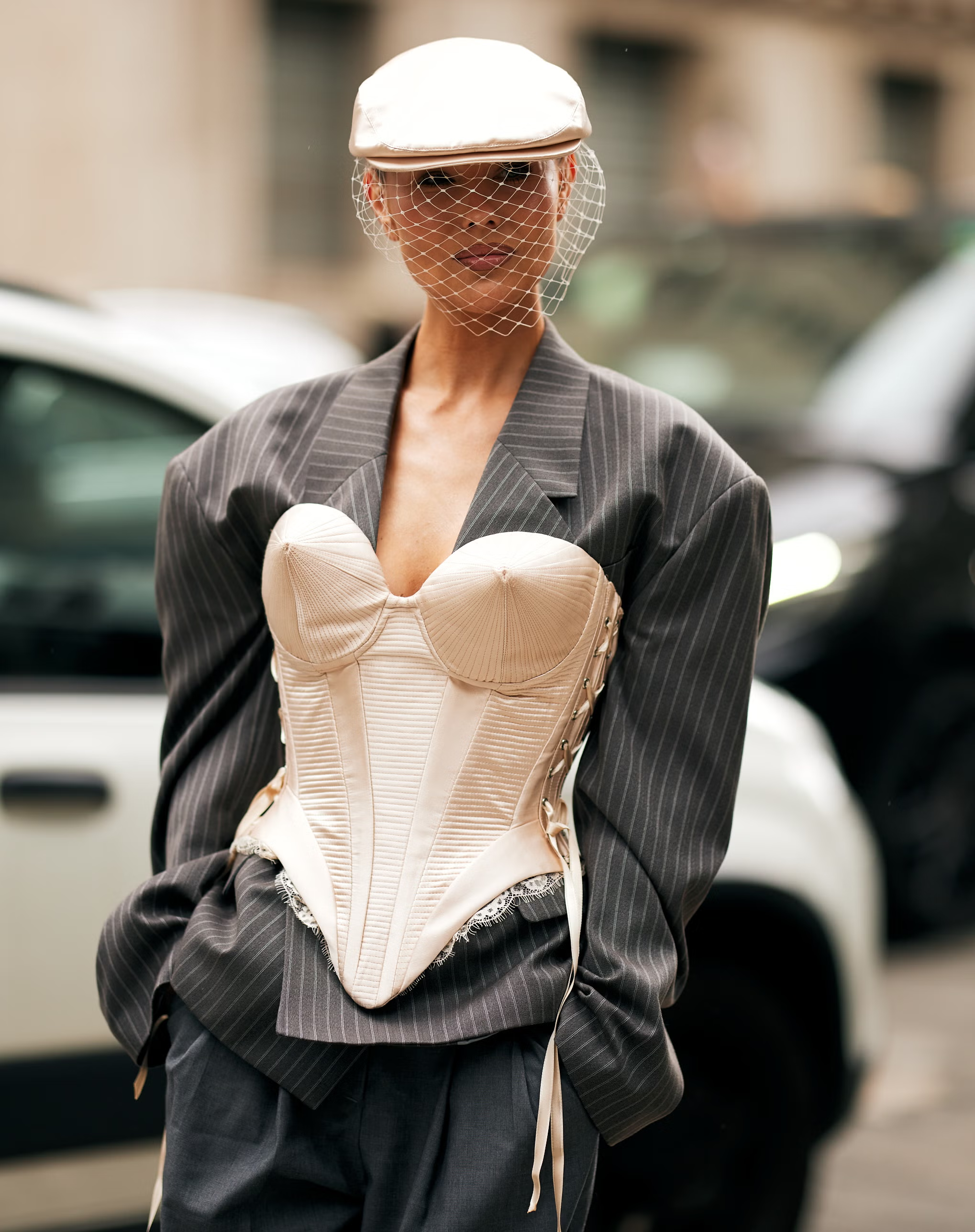Vogue CS in English Foto: DeAgostini/Getty Images
Foto: DeAgostini/Getty Images
Love Triangle: Art, Fashion, and Us
Christopher Michaut22. 5. 2019
Digital Curator Christopher Michaut, aka Mr.Bacchus, reflects on the relationship of art and fashion. He also selects art pieces that flawlessly illustrate the link between the two.
Does the inspiration always have to come before the creation? Should creativity be influenced? Vogue asked me to select my top nine most fashionable paintings from art history, and this list being subjective, it felt right for me to share with you some of the most iconic moments when these two worlds have met.
Historically, we can make links between murals, paintings, photography and cinema. But what about the relationship between fashion and art? Did one arrive before the other? Did one need to take the first place at the podium?
Art has always had the starring role, because it is intrinsically popular, immutable and accessible to the greatest number, while fashion is too often considered as frivolous, superficial or an object of luxury and fantasy. However, encounters on both sides have always existed on the runways, as well as in the cinema, theatre and opera.
It is this encounter that allows us to be more than spectators of works of art, we can take part in it, give it body and life, maybe even a second life and make a new public discover it.
Art in the service of fashion has made it possible to create iconic pieces marking their time, such as Yves Saint Laurent’s famous Mondrian dress. It has also allowed Alexander McQueen to leave a message for posterity with the posthumous collection, Angels and Demons, inspired by the works of Jérôme Bosch.

1 / 10
Portrait of Eleonora Duse, Giovanni Boldini, circa 1895, private collection
Whether we are for or against, whether we consider that the exercise is a tribute or purely an economic decision, the encounters between art and fashion have only increased, bringing into the world certain mythical collections such as Versace‘s ode to Pop Art, Dior’s Hokusai dress, and Vivienne Westwood’s Fall 2006 show which was inspired by Donatello and El Greco. Even recently at the Met exhibition Heavenly Bodies, most of the inspiration took its origins from religious paintings.
I think that contemplating a work of art is an intimate and often silent moment, but When these two “untouchable” associate with talent, they can carry ideals, illustrate our perceptions of ourselves, or simply express our love for aesthetics and beauty.
Their tumultuous relationship is, for me, the proof of our interest in them, and the inspiration they continue to generate for generations to come.

Foto: Laurent Humbert
Christopher Michaut
Christopher Michaut is self-taught. He was just barely 19 when he fell in love with art. “It was during a trip to London. I went to the Tate Britain and one artist attracted my attention more than the others. J. M. W. Turner. I remember sitting in front of a monumental canvas called Hannibal and His Army Crossing the Alps. The emotions, the echo and the connection that I felt with that painting paved my path for the years to come.” He then began his study of the classics, often confronting the works themselves.
Also at that time, he also started modelling. “While I was travelling so much, my interest in art grew much bigger, I would go to every museum until I decided to start my education in art.” Christopher took some classes, but as he says, “one can study art for a lifetime.”
Two and a half years ago, he felt the need to share his knowledge of art and his personal take on it. That’s when Mr.Bacchus was born. It quickly became a success, and Christopher has since been commissioned to work as a digital curator for many museums. As a digital curator, museums give him access to their collections and he creates original collages for upcoming exhibitions or other occasions. He has even cooperated with the Louvre in Paris.
It’s hard for Christopher to pick one all-time favourite museum or gallery. “But if I had to, I would choose any institution where I can find works from the 19th century.”
Apart from his Instagram account, he is also a writer for Daily Art Magazine and an art collector for the gallery TheCurators.com.



